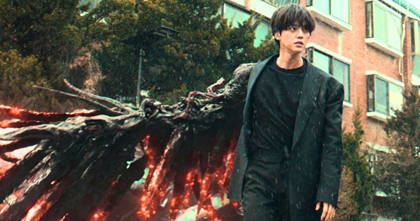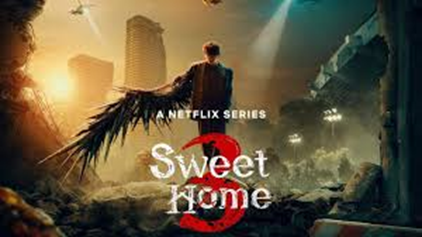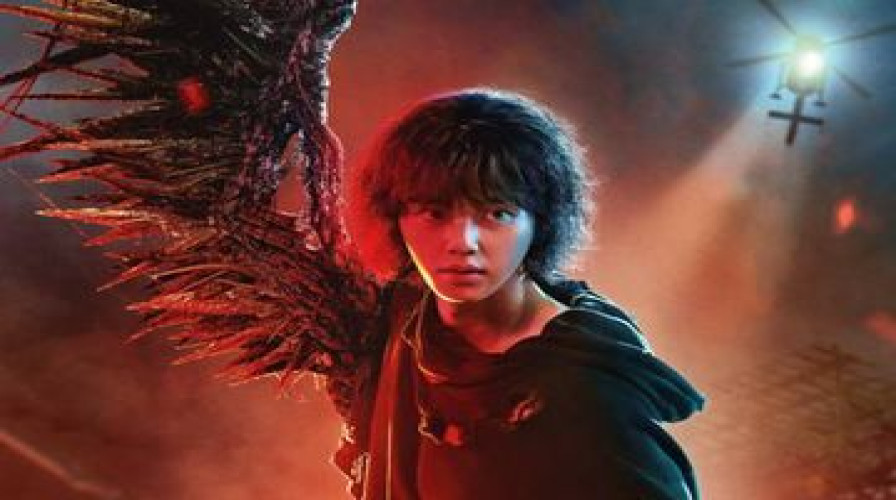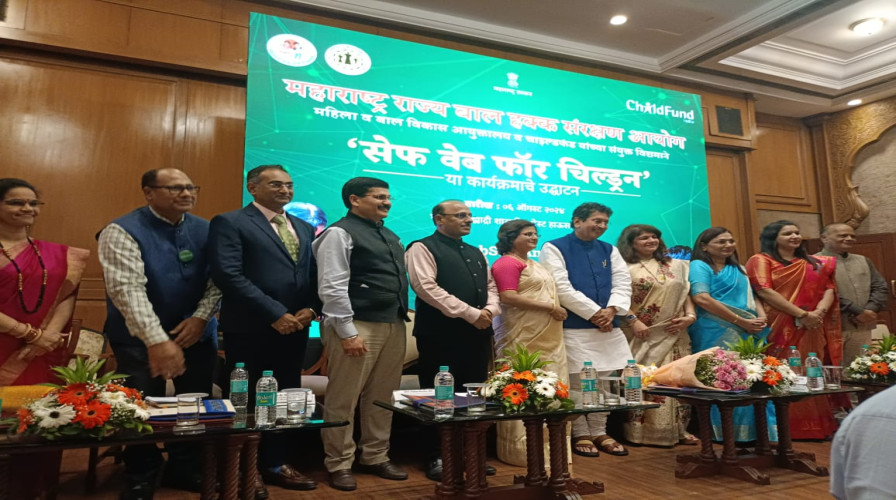Lee Eung-bok, the director of K-drama Sweet Home, says making the show was far more challenging than he initially thought it would be
Monster horror is a genre seldom explored in Korean dramas, but the Netflix original series Sweet Home made a groundbreaking debut in 2020 by incorporating creatures and monsters into a uniquely Korean narrative.
Adapted from a webtoon of the same name, the series follows the residents of an apartment building in a city ravaged by a mysterious infection. Isolated from the outside world, these inhabitants must confront both external monsters and those born from their own inner demons. The story is rooted in the concept that monsters emerge from the deepest desires of people.
The first season of Sweet Home quickly climbed the streaming service’s charts, securing a spot in the top 10 most-watched list across 13 countries within just four days. The show's success carried over into its second season, which debuted on the platform last year. This season introduced a wider range of characters, including a child with the power to infect others through touch and control those who are infected.

The highly anticipated third and final season of Sweet Home premiered earlier this month, tying together the series' entire narrative. Watch the third and final Season on NETFLIX. Director Lee Eung-bok, who helmed the groundbreaking K-creature series, described the experience as more challenging than he had originally anticipated.
“When I first read the webtoon, I was captivated and excited about adapting it,” Lee recalls. “However, as we developed the story, the team and I were constantly concerned about whether we were doing it justice. The process was incredibly demanding and daunting,” he reflects on his five-year journey.

Lee noted that in the first season, the focus was primarily on interior scenes with fewer action sequences. While a Hollywood visual effects team was brought in, the second and third seasons expanded to outdoor settings, requiring Korean technology to depict monster attacks on humans. “Unlike a Hollywood team with established expertise, creating monsters from scratch was a significant challenge,” he says.

The series’ apocalyptic setting was achieved through computer graphics, with many creatures designed and animated by Korean staff. Despite the series being praised for its pioneering Korean-made creature content and visual effects, the final season has received mixed reviews. Some critics have noted a rushed conclusion and a less cohesive story.
In discussing the monster horror genre, Lee explains that the theme often highlights humanity's role in preventing us from becoming monsters. “I hoped to show human compassion emerging amidst conflict,” he says.
Looking ahead, Lee believes that narrative is crucial in creating compelling monster characters. “There are many plans for future K-creature films featuring monsters and possession, but focusing on strong narratives should be the top priority,” he asserts.

Lee Eung-bok, who directed Sweet Home, finds the endeavor of creating the series “incredibly difficult and daunting.” He hopes that while Sweet Home may not be the first of its kind, it will serve as a valuable reference and contribute to significant advancements in the genre.
Lee Eung-bok’s experience with Sweet Home underscores the complexity and challenges involved in pioneering a new genre within Korean drama. The series, which made history by blending monster horror with a unique Korean narrative, faced significant hurdles throughout its production. Despite its groundbreaking success and innovative visual effects, the final season has received mixed reviews, reflecting the difficulties of maintaining cohesion and impact over time.
Lee's reflections on the project highlight the intense effort required to adapt the webtoon and bring its dark, creature-filled world to life. His comments about the importance of narrative in future K-creature films emphasize the need for compelling storytelling to complement the genre’s visual elements. As Sweet Home concludes its run, it sets a high bar for future Korean monster horror, hoping to inspire further advancements and serve as a valuable reference point in the genre.









